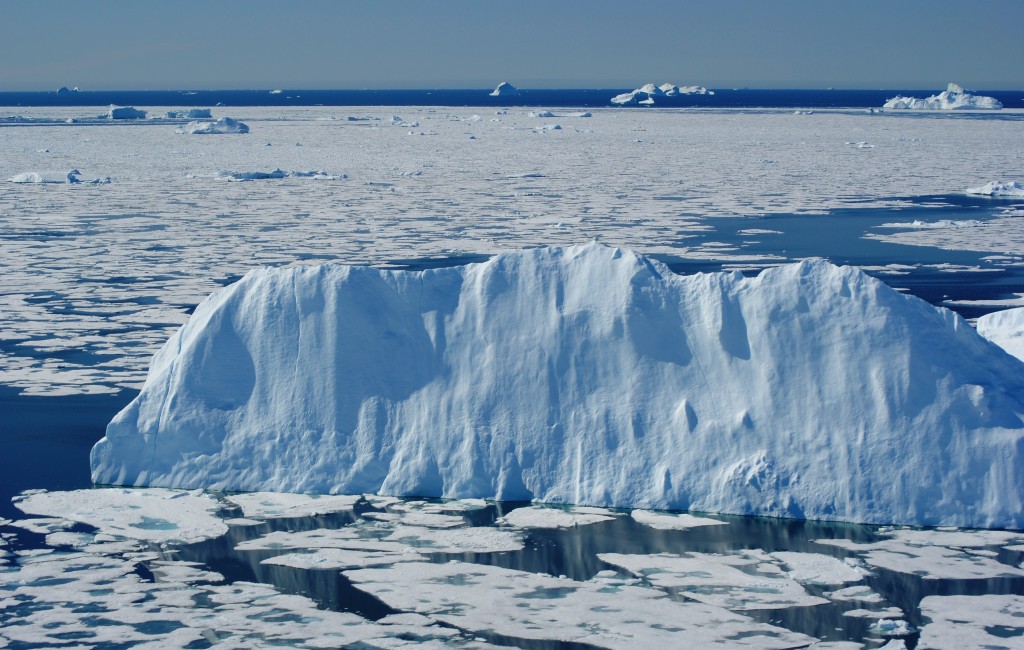
“Melting ice” by Thomas Ernsdorf, distributed by the European Geosciences Union under a Creative Commons licence.
The speed and extent of Greenland’s ice sheet melt dominated the media over the summer, and for good reason. Dramatic satellite images showed that, in just a few days, 97% of the island’s ice sheet surface thawed, melting over a larger area than at any time in more than 30 years of satellite observations. Usually, during the summer only around half of the surface of Greenland’s ice sheet melts and much of it refreezes or is replaced.
The Steenstrup Gletscher (Glacier) is a wide glacier in northwestern Greenland, known for the number and size of the icebergs that are calved from its spectacular central portion. Steenstrup has retreated 10km over the past 60 years and around 20km over the past century, a worrying trend because of the potentially catastrophic consequences of rising sea levels on coastal areas worldwide.
Meteorologist Thomas Ernsdorf (University of Trier, Germany) describes his encounter with this massive wall of ice, when he captured this spectacular picture, “I took this shot during Greenland’s melting season. The picture shows melting ice in front of Steenstrup Glacier in June 2010. It was taken at a height of 30m above ground level using the Polar 5 aircraft. I was there as part of the IKAPOS campaign, which aims to investigate the North Water (NOW) polynya, a huge area of open water surrounded by sea-ice. As a consequence of global warming, the ice mass of Greenland will be reduced enormously.”
The Polar 5 aircraft, a Basler BT-67 featuring specialised aeronautical and scientific instrumentation, is operated by the Alfred Wegener Institute for Polar and Marine Research and is widely used to measure the extent of the Arctic ice melt. It was inaugurated in October 2007. A photo gallery featuring this specially equipped plane can be found on the Alfred Wegener Institute website.
Imaggeo is the EGU’s online open access geosciences image repository. All geoscientists (and others) can submit their images to this repository and since it is open access, these photos can be used by scientists for their presentations or publications as well as by the press and public for educational purposes and otherwise. If you submit your images to Imaggeo, you retain full rights of use, since they are licensed and distributed by the EGU under a Creative Commons licence.

chanon
Wow, thanks. I have new knowledge. Good points to consider!